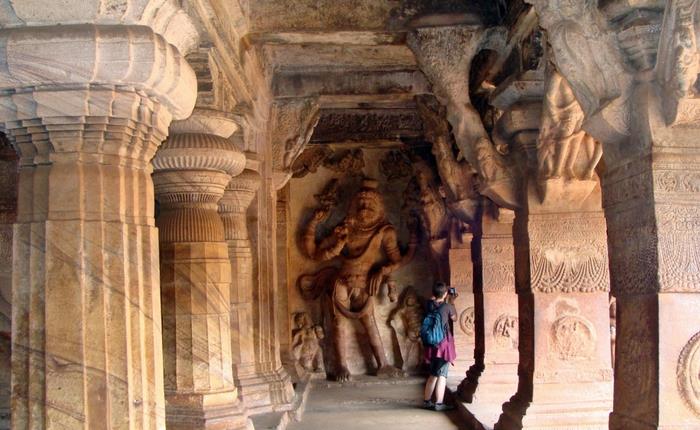How To Travel in A Demonetized India
In a matter of 3 hours, Indian Prime Minister Narendra Modi wiped out 500 and 1000 Indian Rupee bills from circulation. Boom! Just like that.

In a matter of 3 hours, Indian Prime Minister Narendra Modi wiped out 500 and 1000 Indian Rupee bills from circulation. Boom! Just like that. This was a sudden and surprise move by PM Modi in an effort to battle and crackdown on widespread corruption, counterfeit currency, and “black” (undeclared) money. At the height of tourist season, the move comes at a not-so-opportune time.
On November 9, 2016, at the time of the announcement, ATMs were shut for a few days, and then re-open with the new 500 and 2,000 notes. Part of the announcement was also that people would have until December 30, 2016, to deposit their money and get the old notes replaced with new ones (as of November 25, 2016, this is not allowed – you can only deposit old notes).
A couple weeks into this historic, and very controversial move, the disruption for travelers and Indian citizens alike, has been harrowing. Simply put, there is just not enough cash to go around. The new notes are not being circulated as quickly as they need to be. In a country of over 1 billion people, that’s a serious problem. On top of that, it’s been reported that up to 30% of the ATMs are not yet calibrated to accept or dispense the new notes.
What this means, overall, is that 85% of India’s cash has become illegal. Local street vendors will not accept old notes and don’t have the change to give out if you have a 2,000 note to pay with. For people living in villages, some have had to resort back to a bartering system, trading rice for some supplies. In a country like India, which is predominantly a cash economy (90% of all transactions are made in cash), the effect of demonetization has been harsh. Many businesses and poor Indians in the rural areas of the country do not have bank accounts. Some Indian citizens do not yet have the necessary form of identification needed to set up a bank account.
While obtaining cash is difficult, it is not impossible. For some individuals with family and friends who reside in India, it will be easier. For travelers without that luxury, well, stock up on your patience – you may need it. Here are a few ways to deal with the cash crunch in India:
1. Get Cash Out of the ATM: While the limit is 2,000 rupees, the wait could be VERY long. On top of that, many ATMs run out of cash early. It is best to get there as early as possible in the morning time.
2. Bring Foreign Currency to Change: Since the Indian rupee is a “closed currency” many places won’t have it to exchange outside of India. The hope is that the money changers will have a solid supply of new notes soon, and at least if they give you old notes, you can change them at the bank for up to 4000, instead of waiting in an ATM line and only getting 2000 per day. Make sure to bring note denominations that are smaller. Some market vendors are now taking US dollars – they know some money is better than none at all.
3. Make sure to get as much cash as you can in the city before going to the rural areas. If the rural area or village has an ATM in your family’s village, it probably (1) doesn’t work yet; (2) is out of cash; and/or (3) has a long line.
4. Train stations and petrol pumps are still taking old notes (as of December 8, 2016). Make sure to use them there and get some value for them, if you can’t exchange them.
5. Try and obtain a pre-paid Indian Rupee Travel Money Card from ICICI prior to departing from your home country. This will help you avoid charges at the ATM as well as foreign card transaction fees from your credit card company.
6. Western Union can be utilized online to receive up to 15,000 Indian rupees from the general post office or one of WU’s cash pick up points. Remember, you will need to take your passport and visa with you.
The bigger cities like Mumbai and Delhi are faring a little better than the smaller cities, to be sure. However, there is still a struggle to find change once you get your hands on a 2000 note and try to pay for it. Of course, the best bet is to use your credit card everywhere you can. The other viable alternative is bringing as many small bills in US dollars as possible. Some of the smaller markets and street vendors have begun accepting them.
Check the news daily. The rules regarding amounts you can change, withdraw, and deposit change suddenly.